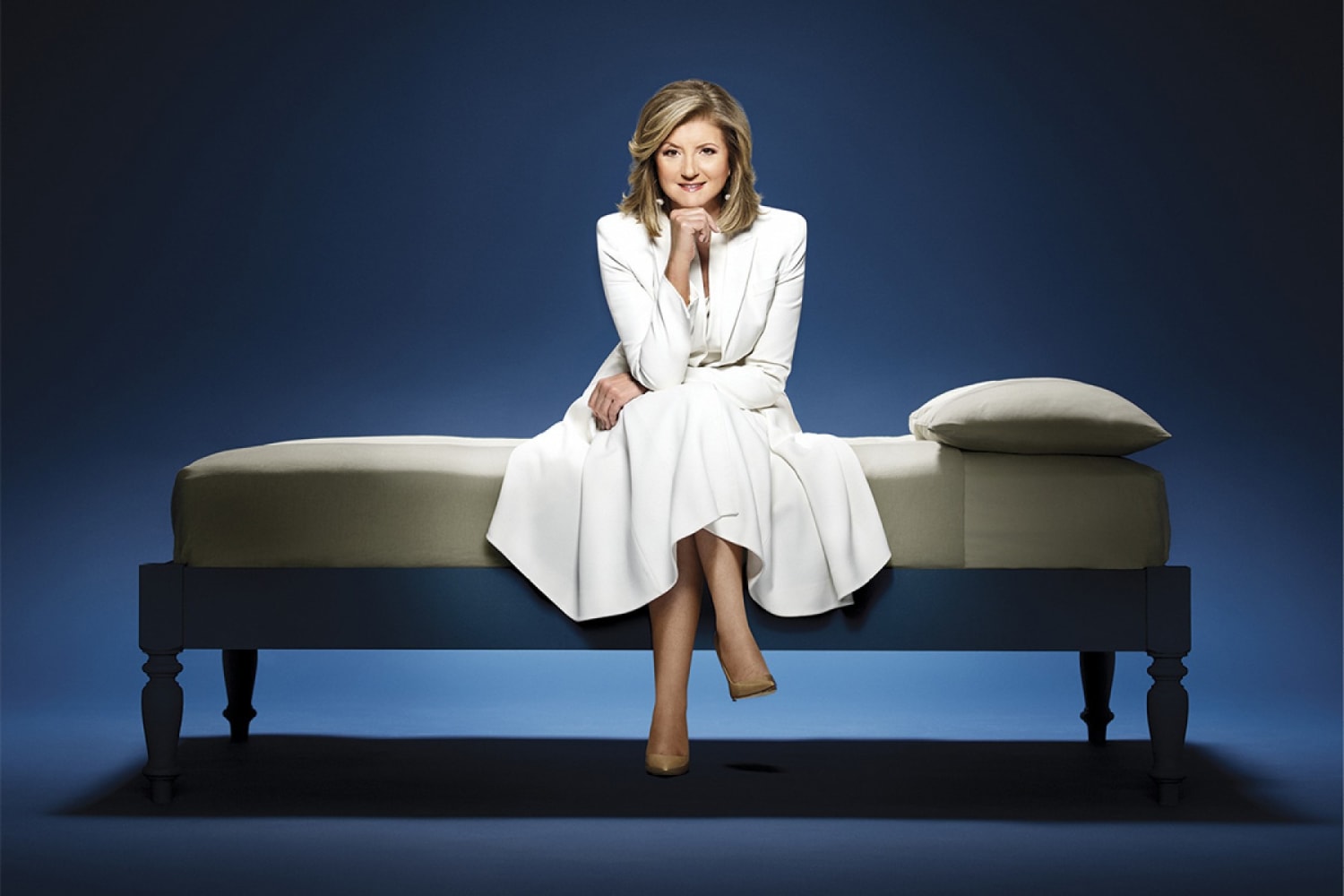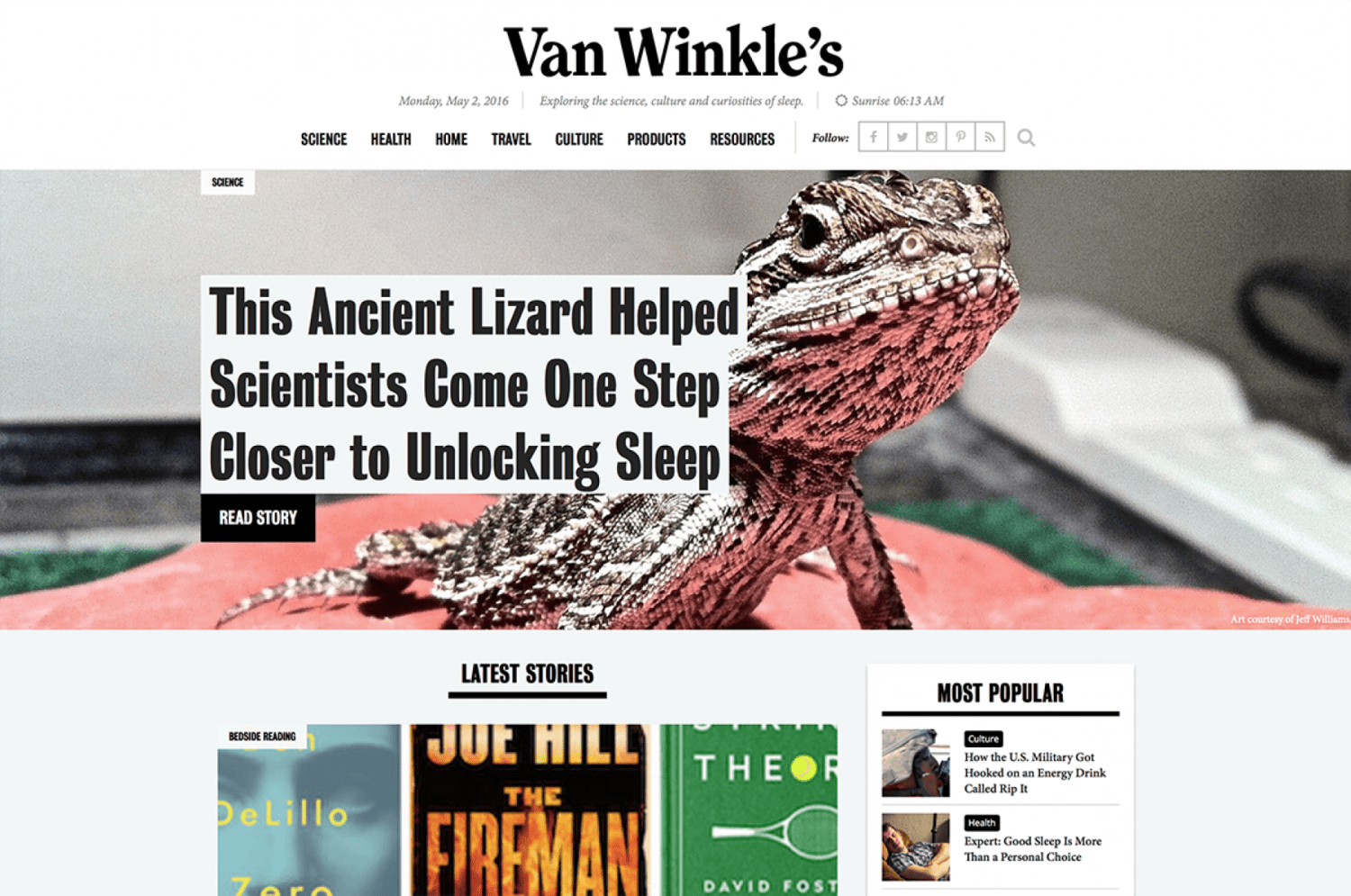Media mogul Arianna Huffington agrees that we’re in the midst of a massive sleep deprivation crisis. In 2007, she suffered a head injury caused by passing out from sleep deprivation, an experience that led her to transform her life. Her new book, The Sleep Revolution: Transforming Your Life, One Night at a Time, champions sleep as a basic human right that is being violated, and makes a compelling case for powering down.
Following suit, many large corporations are trying to boost productivity by encouraging employees to get their shut-eye. Insurance behemoth Aetna is paying employees for every night they get more than seven hours, while Uber, Google and Zappos boast dedicated nap rooms and on-site nap pods.
The “sleep space” has even gotten the Silicon Valley makeover in recent years, with the rise of hip online startups including Casper, Tuft & Needle and Yogabed. These direct-to-consumer brands aren’t just shaking up the old-school bedding business by making mattresses more compact, affordable, and easier to transport; they’re also turning the pro-sleep lifestyle into an art form, with bedroom design hacks, napping tours and more.
Casper, poised to become the “Amazon of sleep,” has already added pillows and sheets to its product line, hosted a sleep symposium in New York with Huffington as a keynote speaker, published a trend report on sleep in partnership with Sean Monahan of trend forecasting agency K-Hole, and hosted free sleep-themed pop-up shops across the US, complete with waffle stations and pillowcase screen printers. But the company aspires to offer more than just a place to rest your head. To quote the report, “a bed is no longer furniture—it’s a content platform.”






